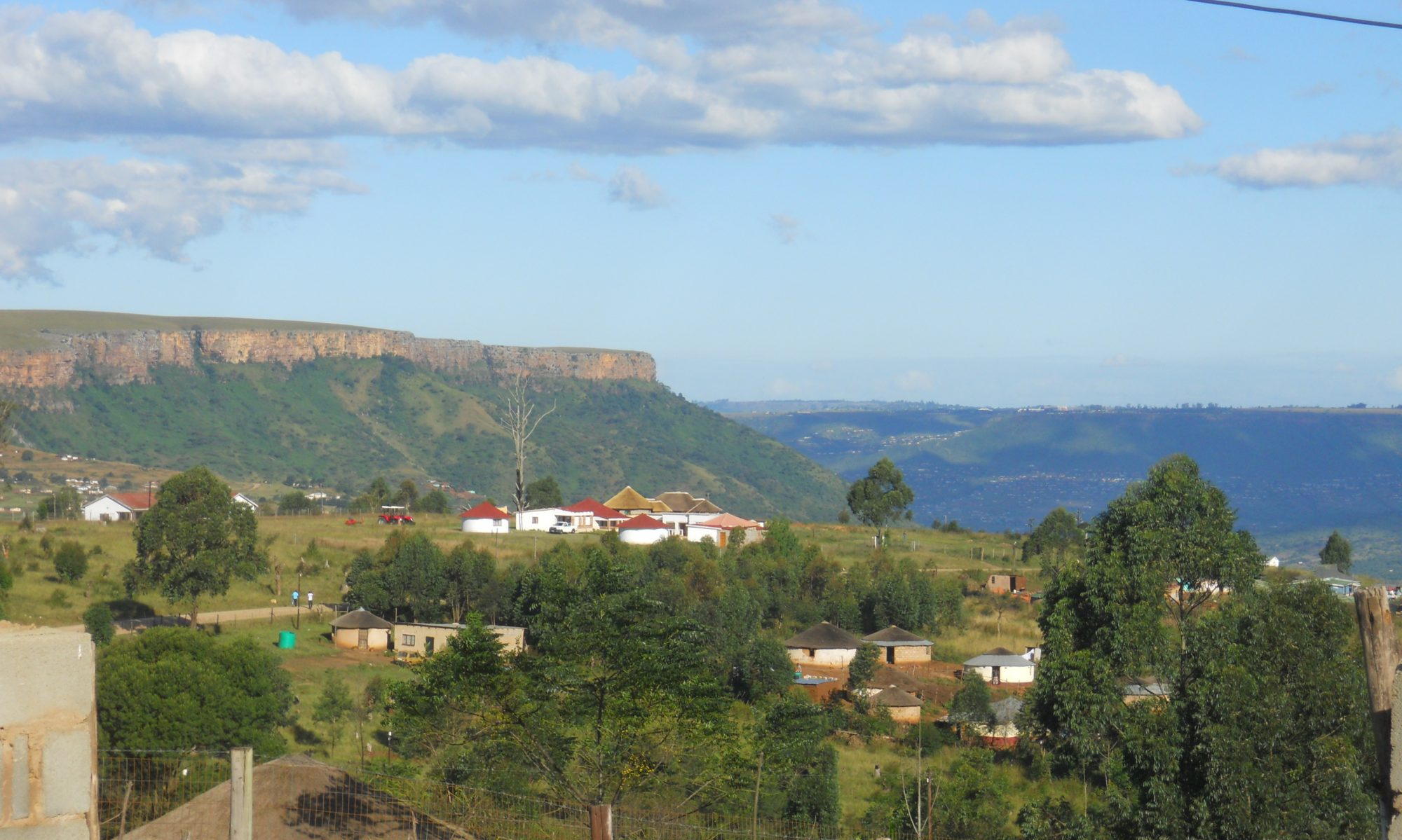In chapter 5 of The Unfinished Queer Agenda After Marriage Equality, Pooja Gehi of the National Lawyers Guild and Gabriel Arkles of the ACLU’s LGBT and HIV Project write about the targeting of trans immigrants as “criminal aliens.” They show how the Trump regime’s escalation of attacks on immigrants relies on a legal infrastructure constructed over many years by prior presidents. They focus on what they call the “criminal alien” paradigm, which constructs a hierarchy of “desirable” and “undesirable” immigrants and pushes trans immigrants into the latter category.
Pooja and Gabriel situate their analysis in a long history of the construction of the “criminal alien” ideology. As far back as 1729, Quakers in Pennsylvania targeted Scotch-Irish immigrants as a “‘crime-prone lot.'” In the 19th century, “a perceived link between Asian immigrants and crime” helped drive the Chinese Exclusion Act.
In more recent history, the Illegal Immigration Reform and Immigrant Responsibility Act, signed by President Bill Clinton, created a lot of the crimmigration infrastructure now used by Trump. It “expanded the range of what constitutes a deportable crime and increased the likelihood of deportation.” ICE was “mandated [to] establish a presence at federal, state, and local prisons and jails,” while the Secure Communities program “linked ICE to an FBI database with fingerprints entered by local law enforcement.”
All of this has “gravely impacted trans people and others already targeted by criminal legal systems.”
In this way, Pooja and Gabriel provide a useful summary of the overall history of intertwining of criminal and immigration enforcement, placing trans immigrants at the center. This makes this an excellent chapter to bring a trans and queer presence to general courses on immigration, criminal justice, race, and more.





